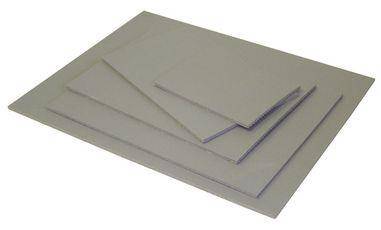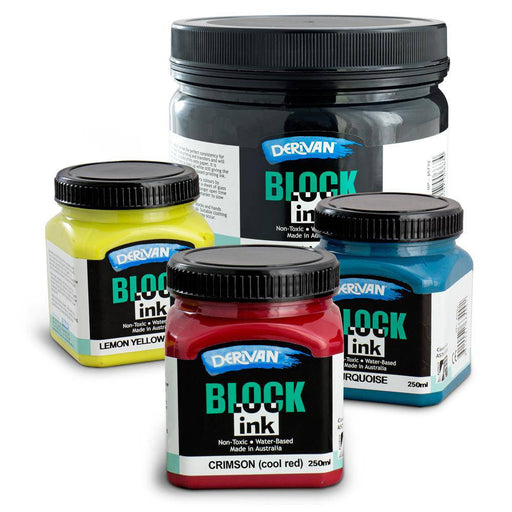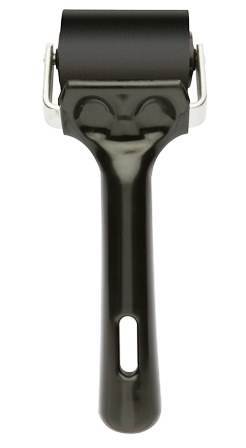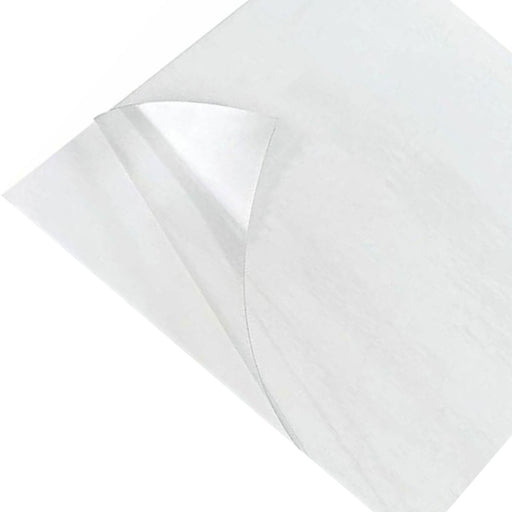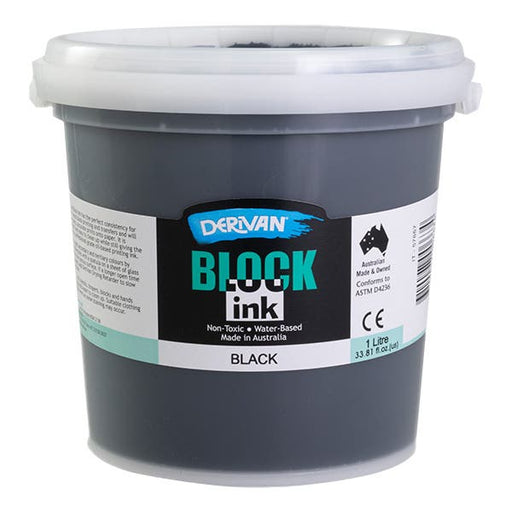Lino Printing
-
Original price $18.75 - Original price $18.75Original price$18.75$18.75 - $18.75Current price $18.75| /
Educational Colours Block Printing Inks 250ml
Australian-made block printing ink has the perfect consistency for lino, mono or wood block printing. It has excellent tack for consistent coverage...
View full detailsOriginal price $18.75 - Original price $18.75Original price$18.75$18.75 - $18.75Current price $18.75| / -
Original price $6.15 - Original price $26.00Original price$6.15 - $26.00$6.15 - $26.00Current price $6.15| /
Double Sided Soft Lino Squares
Vinyl Sheet Flexible €“ Green/Blue face double sided, soft. Available sizes 150 x 220mm 200 x 300mm 450mm x 600mm all 3 mm thick
Original price $6.15 - Original price $26.00Original price$6.15 - $26.00$6.15 - $26.00Current price $6.15| / -
Original price $6.95 - Original price $250.00Original price$6.95 - $250.00$6.95 - $250.00Current price $6.95| /
Lino Relief Printing Blocks
A piece of linoleum forms the basis for a printing technique whereby a picture is gouged in a piece of linoleum using sharp metal cutting tools. Th...
View full detailsOriginal price $6.95 - Original price $250.00Original price$6.95 - $250.00$6.95 - $250.00Current price $6.95| / -
Original price $22.95 - Original price $22.95Original price$22.95$22.95 - $22.95Current price $22.95| /
Derivan Block Inks 250ml
Derivan Blockprinting Inks are high quality water-based inks, ideal for lino block or monotypes. They are suitable for use at any level, from stude...
View full detailsOriginal price $22.95 - Original price $22.95Original price$22.95$22.95 - $22.95Current price $22.95| / -
Original price $20.25 - Original price $39.15Original price$20.25 - $39.15$20.25 - $39.15Current price $20.25| /
ESSDEE Professional Hard Lino Rollers
This Essdee Professional Hard Rubber roller is English made with a hand-ground surface of over 122mm, these perfectly smooth heavy-weight rollers ...
View full detailsOriginal price $20.25 - Original price $39.15Original price$20.25 - $39.15$20.25 - $39.15Current price $20.25| / -
Original price $29.85 - Original price $29.85Original price$29.85$29.85 - $29.85Current price $29.85| /
Educational Colours Block Printing Inks Black 500ml
Australian-made block printing ink has the perfect consistency for lino, mono or wood block printing. It has excellent tack for consistent coverage...
View full detailsOriginal price $29.85 - Original price $29.85Original price$29.85$29.85 - $29.85Current price $29.85| / -
Original price $7.25 - Original price $8.95Original price$7.25 - $8.95$7.25 - $8.95Current price $7.25| /
Grafix Dura-Lar Wet Media Acetate
Grafix Dura-Lar Wet Media Acetate is a polyester film that offers unparalleled versatility. This distinctive surface proves excellent ...
View full detailsOriginal price $7.25 - Original price $8.95Original price$7.25 - $8.95$7.25 - $8.95Current price $7.25| / -
Original price $79.00 - Original price $79.00Original price$79.00$79.00 - $79.00Current price $79.00| /
Derivan Block Inks 1 Litre
Derivan Blockprinting Inks are high quality water-based inks, ideal for lino block or monotypes. They are suitable for use at any level, from stude...
View full detailsOriginal price $79.00 - Original price $79.00Original price$79.00$79.00 - $79.00Current price $79.00| /
What is lino printing?
Linocut or linoleum cut is a printing technique whereby a sheet of linoleum is used as a stamp or stencil to print an image on a surface. The linoleum is carved with a sharp knife or gouge to create the desired image, and then the resulting stamp is inked and used to print the image on paper or fabric. This type of printing was very popular in the early 20th century, particularly among artists who were looking for an accessible and affordable printing method. Today, linocut is still used by many artists as a creative medium.
What is materials are used in lino printing?
Linocut is made from a sheet of linoleum, which is a type of soft, pliable material that is similar to rubber. It is made from a mixture of linseed oil, resin, and wood flour. Linocut can be bought in sheets or rolls, and it is available in a variety of colours.
When carving a linocut, it is important to use a sharp knife or gouge so that you can create clean, crisp lines. The deeper you carve the lines, the more ink will be able to transfer to the paper or fabric.
Once the linocut is carved, it is inked with a roller or brush. The ink is then transferred to the paper or fabric by pressing the two surfaces together.
What are some of the benefits of linocut printing?
Linocut is a very accessible printing method because it does not require any special equipment or training. It is also relatively inexpensive, which makes it a good option for artists who are on a budget.
Linocut is a versatile medium that can be used to create a variety of images and designs. It can be used to create both abstract and representational images.
What are some of the drawbacks of linocut printing?
One of the main disadvantages of a linocut is that it can be difficult to get a consistent print. This is because the linocut stamp can lose its shape over time, which can result in blurry or fuzzy images.
Linocut is also a relatively slow printing process, which means it is not well suited for high-volume printing.
What are some of the common uses for linocut prints?
Linocut prints are often used for illustrations, stationery, and other artwork. They can also be used for fabric printing, such as for t-shirts or bags.
What makes linocut different from other printing techniques?
The main difference between linocut and other printing techniques is the material that is used to create the stamp or stencil. Linocut uses a sheet of linoleum, while other methods may use wood, metal, or rubber.
Another difference is that linocut is a carved printing method, which means that the lines or shapes are cut into the linoleum. This results in a raised surface that can hold more ink, which can produce a more consistent print. Other printing techniques, such as woodcut or etching, use a relief printing method, which means the lines or shapes are cut away from the surface. This results in a recessed area that can hold less ink, which can produce a less consistent print.
What are some tips for using lino printing?
Here are some tips for using lino printing:
- Use a sharp knife or gouge to carve your design into the linocut. This will create cleaner lines and a more consistent print.
- Experiment with different carving techniques to create different effects. For example, you can use hatching or cross-hatching to create darker areas in your print.
- Use a brayer or roller to evenly apply ink to the linocut.
- Place a piece of paper or fabric over the inked linocut and use a spoon or baren to burnish the two surfaces together.
- Lift the paper or fabric off of the linocut and allow the paint to dry.
- Experiment with different colour combinations to create unique prints.
- Use linocut prints as illustrations, stationery, or fabric prints.
What art supplies will I need when using lino printing?
When printing with lino, you will need a sheet of linoleum, a sharp knife or gouge, inks, a brayer or roller, a piece of paper or fabric, and a spoon or baren. You may also want to experiment with different colour combinations to create unique prints.



